
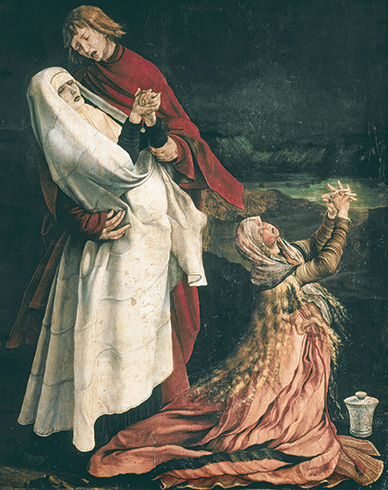
(Fig. 69) Matthias Grünewald (c. 1480–1530), detail from 'The crucifixion', Isenheim Altarpiece, oil, 1510/1515, Musée d'Unterlinden, Colmar.
Cf. John 19,25-27: Near the cross of Jesus stood his mother, his mother’s sister, Mary the wife of Clopas, and Mary Magdalene. When Jesus saw his mother there, and the disciple whom he loved standing nearby, he said to her, “Woman, here is your son,” and to the disciple, “Here is your mother.” From that time on, this disciple took her into his home.
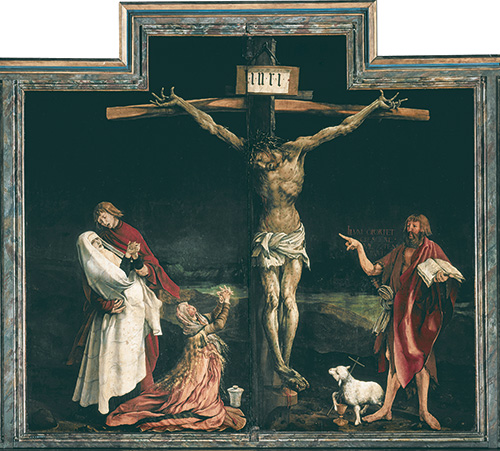
(Fig. 70) Matthias Grünewald (c. 1480–1530), detail from 'The crucifixion', Isenheim Altarpiece, oil, 1510/1515, without side panels and predella, Musée d'Unterlinden, Colmar.
Cf. John 19,28-30: Later, knowing that everything had now been finished, and so that Scripture would be fulfilled, Jesus said, "I am thirsty." A jar of wine vinegar was there, so they soaked a sponge in it, put the sponge on a stalk of the hyssop plant, and lifted it to Jesus’ lips. When he had received the drink, Jesus said, "It is finished." With that, he bowed his head and gave up his spirit.
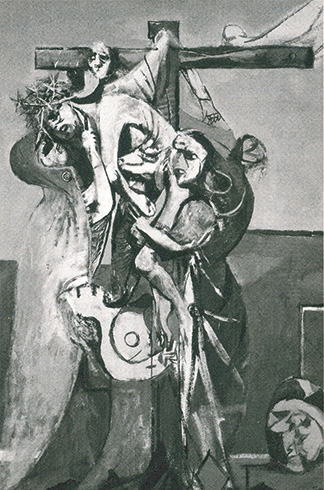
(Fig. 71) Graham Sutherland (1903–1980), 'The deposition', oil, 1946, Fitzwilliam Museum / Cambridge.
Cf. Matthew 27,57-61: As evening approached, there came a rich man from Arimathea, named Joseph, who had himself become a disciple of Jesus. Going to Pilate, he asked for Jesus’ body, and Pilate ordered that it be given to him. Joseph took the body, wrapped it in a clean linen cloth, and placed it in his own new tomb that he had cut out of the rock. He rolled a big stone in front of the entrance to the tomb and went away. Mary Magdalene and the other Mary were sitting there opposite the tomb.
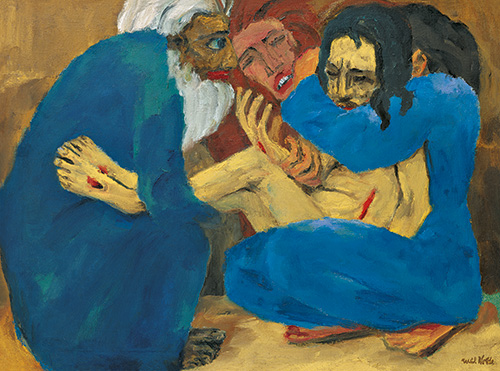
(Fig. 72) Emil Nolde (1867–1956), 'The burial', oil, 1915, Nolde Foundation Seebüll / Berlin Branch.
Cf. John 19,39f: He was accompanied by Nicodemus, the man who earlier had visited Jesus at night. Nicodemus brought a mixture of myrrh and aloes, about seventy-five pounds. Taking Jesus’ body, the two of them wrapped it, with the spices, in strips of linen. This was in accordance with Jewish burial customs.
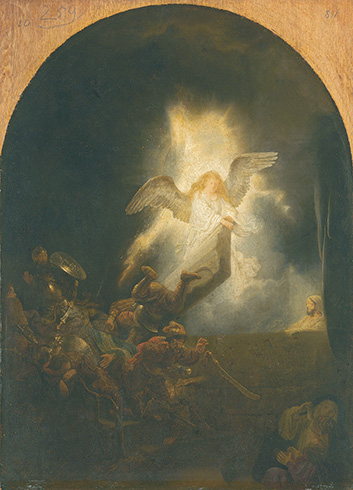
(Fig. 73) Rembrandt Harmensz. van Rijn (1606–1669), 'The resurrection', oil on wood, 1636/39, Alte Pinakothek / Munich.
Cf. Matthew 28,2-4: There was a violent earthquake, for an angel of the Lord came down from heaven and, going to the tomb, rolled back the stone and sat on it. His appearance was like lightning, and his clothes were white as snow. The guards were so afraid of him that they shook and became like dead men.
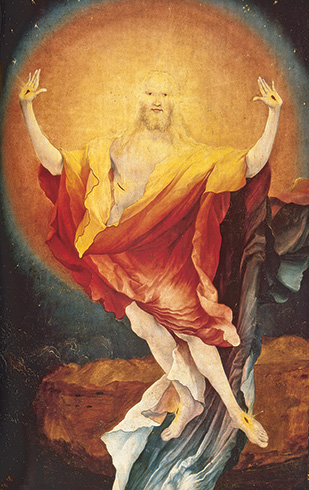
(Fig. 74) Matthias Grünewald (c. 1480–1530), 'The resurrection', side panel of the Isenheim Altar, oil, 1510/1515, Musée d'Unterlinden, Colmar.
Without the lower section showing the guards in front of the tomb.
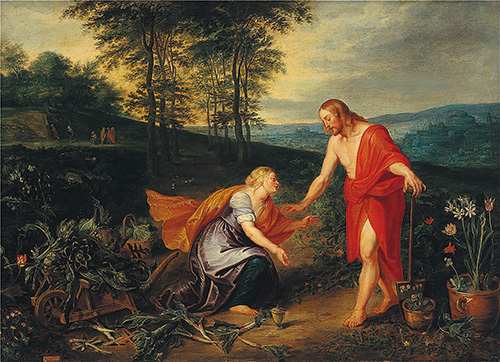
(Fig. 75) Jan Brueghel the Younger (1601–1678), 'Noli me tangere', oil, late 1630s, State Museum of Lower Saxony / Hanover.
Cf. John 20,15f: He asked her, "Woman, why are you crying? Who is it you are looking for?" Thinking he was the gardener, she said, "Sir, if you have carried him away, tell me where you have put him, and I will get him." Jesus said to her, "Mary." She turned toward him and cried out in Aramaic, "Rabboni!" (which means "Teacher").
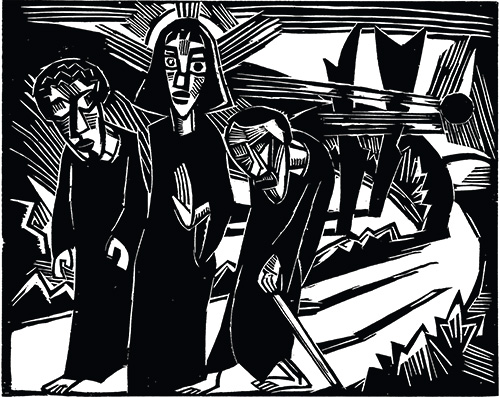
(Fig. 76) Karl Schmidt-Rottluff (1884–1976), 'On the walk to Emmaus', woodcut from the Christ file, 1918.
Cf. Luke 24,25-27: He said to them, "How foolish you are, and how slow to believe all that the prophets have spoken! Did not the Messiah have to suffer these things and then enter his glory?" And beginning with Moses and all the Prophets, he explained to them what was said in all the Scriptures concerning himself.
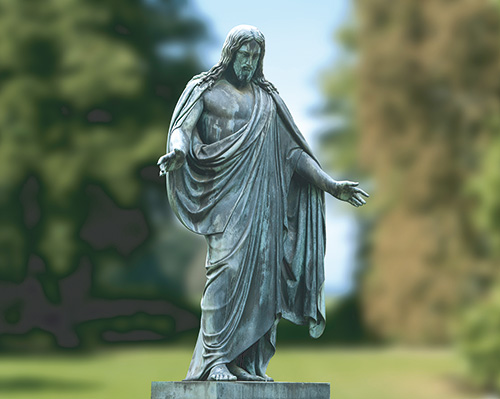
(Fig. 77) Bertel Thorvaldsen (1770–1844), 'Christ appears to the disciples', bronze, posthumous cast from the plaster model of the marble sculpture of 1821/22 in Our Lady's Church / Copenhagen, 1971, Nienstedten Cemetery / Hamburg.
Cf. John 20,19-23: On the evening of that first day of the week, when the disciples were together, with the doors locked for fear of the Jewish leaders, Jesus came and stood among them and said, "Peace be with you!" After he said this, he showed them his hands and side. The disciples were overjoyed when they saw the Lord. Again Jesus said, "Peace be with you! As the Father has sent me, I am sending you." And with that he breathed on them and said, "Receive the Holy Spirit. If you forgive anyone’s sins, their sins are forgiven; if you do not forgive them, they are not forgiven."
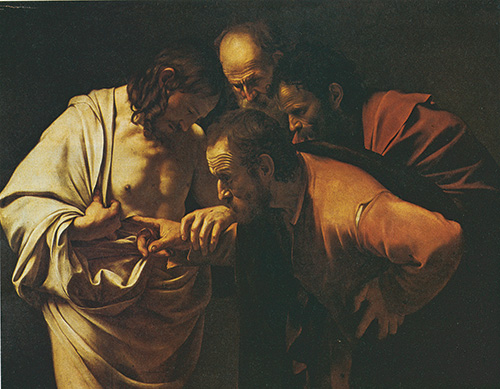
(Fig. 78) Cecco del Caravaggio (1571–1616), 'The incredulity of Saint Thomas', oil, c. 1600–1601, Sanssouci Palace, Potsdam.
Cf. John 20,26-29: A week later his disciples were in the house again, and Thomas was with them. Though the doors were locked, Jesus came and stood among them and said, "Peace be with you!" Then he said to Thomas, "Put your finger here; see my hands. Reach out your hand and put it into my side. Stop doubting and believe." Thomas said to him, "My Lord and my God!" Then Jesus told him, "Because you have seen me, you have believed; blessed are those who have not seen and yet have believed."
